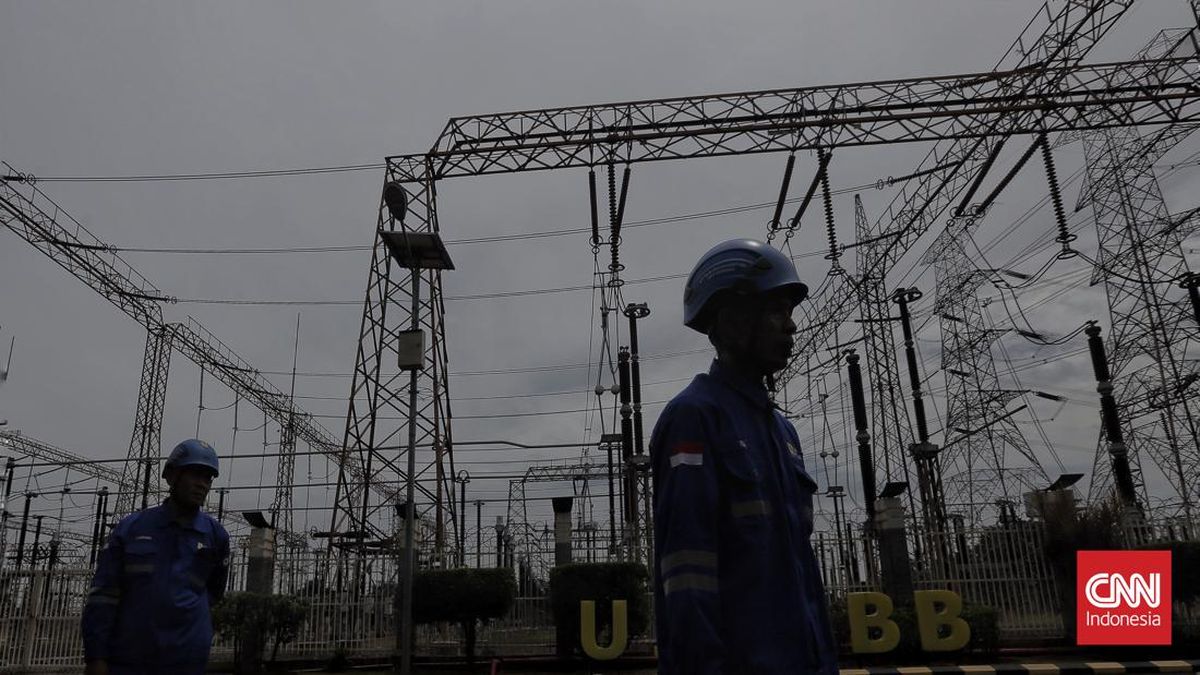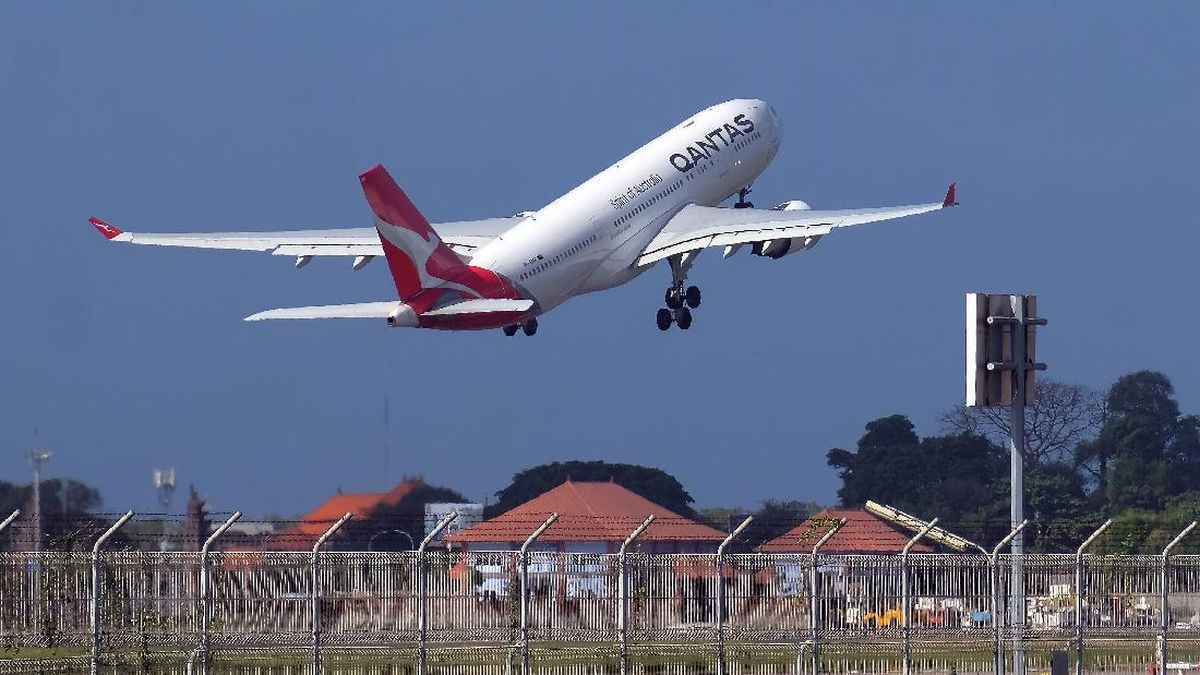Giovanni Mpetshi Perricard may have left the Wimbledon field for another year, but his record-breaking 246km/h serve will be remembered – not least by American Taylor Fritz who was on the receiving end.
Fritz somehow managed to return the missile – the fastest in tournament history – to win the point in Tuesday’s match, and Mpetshi Perricard was ultimately beaten 6-7(6-8), 6-7(8-10), 6-4, 7-6 (8-6), 6-4 to exit in the first round.

Big-serving French sensation Giovanni Mpetshi Perricard.Credit: Getty Images
But the shot will stick in the minds of fans around the globe who have marvelled at the speed, accuracy and agility of tennis greats on display at Wimbledon.
In a clear sign of just how the art of the serve has captivated fans around the world, an Instagram post of world No.1 Jannik Sinner appearing to serve a ball on to a match stick, lighting it in the process, has garnered more than 475,000 likes.
Much of Tuesday’s post-match focus was on Mpetshi Perricard’s reputation for hitting huge serves, which the 21-year-old told reporters came naturally.
“I didn’t check the speed, to be honest... I lost the point,” the six-foot-eight Frenchman said. “I’m not doing some special technique to have a big serve or a fast serve. I’m serving like I’m supposed to do.”
But what actually goes into a great serve? We spoke to professional tennis coach Marc Sophoulis, from the Melbourne International Tennis School, to find out.
“The big thing with Mpetshi Perricard’s serve [is that] he has a step-up serve, gaining a lot of momentum from his back foot moving up to his front foot before he serves,” Sophoulis, who has worked with Anastasia and Arina Rodionova, Victor Hanescu, and the Bryan brothers, observes.
“He has an unbelievable ability to rotate his upper body before he serves,” he said. “He’s got a really fast hand... the speed of the hand coming through the ball... the timing of it is incredible.”
“When the player has the ability to time every body segment to be able to generate force, it’s incredible… he’s got the whole package.”
Stature and biomechanics
Mpetshi Perricard has previously told this masthead: “With the motion I have, with my height and all this stuff, I can hit hard, and I still have a good angle to drop the ball inside the box.”
Sophoulis said height was a common trait among the fastest servers, with players taller than six-foot able to generate more power.
“Players like Mpetshi Perricard… [have] the ability to hit downwards on the ball, being over 200 centimetres tall,” Sophoulis said. “The shorter players really struggle to do that, and have to hit up on the ball to be able to clear the net.”
“You look at players like [Nick] Kyrgios, Mpetshi Perricard, Taylor Fritz… they’re always going to be players that possess a weapon of a serve because of their height and stature and their physicality. I think Mpetshi Perricard is around 98 kilos, so he’s got a bit of a bit of size behind him as well, to be able to create more force.”
Sophoulis said a player’s biomechanics, or how the body moves cohesively to generate force, was also important.
“There’s a timing element that comes into serving, not only just the power element, so it’s the ability to time all aspects of the biomechanics through the service,” he said.
Accuracy and ability to set up the ball
But Sophoulis said a good serve required more than just speed, pointing to Mpetshi Perricard’s opponent being able to return the record-breaking serve and win the point.

A side-by-side comparison of world No.1 Jannik Sinner and big-hitting Frenchman Giovanni Mpetshi Perricard serving at Wimbledon.
“After the match, Taylor Fritz spoke about that serve,” Sophoulis said. “He said that Mpetshi Perricard served it right into his body, so he was able to then have the ability to return the ball. So accuracy is a really important part of having a quality serve, and the best servers not only possess the fastest speeds, but they’re able to hit their targets really well.”
He said Sinner and former champions Roger Federer and Novak Djokovic, who aren’t as tall and don’t possess the same serving speed, focused on what the serve could produce for them.
“[They] have extremely accurate serves, and the ability to not just win the point from the serve, but have the ability to serve and be able to set up the point from that,” he said.
Sinner was asked about his “really tight” serve placements after dispatching countryman Luca Nardi in the first round at Wimbledon – the world No.1 scored nine aces and won 89 per cent of first serve points.
“We worked a lot, after Halle [the Terra Wortmann Open last month], on the serve. Today, especially in the important moments I felt I was serving very well… I tried to step up, trying to hit through the ball,” Sinner said in an on-court interview. “I’m very happy about my performance and obviously also the serving today.”
The conditions
Sophoulis said hotter conditions could help the speed of a serve (Wimbledon had its hottest opening day on record this year).
Loading
“The balls are going through the air and off the court a lot quicker,” he said. “When the conditions are hotter, what the players actually tend to do is they tighten the strings [on the racquet] a fraction more so they can get more control. So hotter conditions lends [itself] to faster speeds.”
He said the court surface – grass at Wimbledon – could also be a factor.
“It does come off the court a lot faster on grass due to the ball being a bit slicker and not having as much friction,” Sophoulis said. “Whereas when you serve on a clay court, it does slow the ball down. So, you know, grass does help a little bit, for sure, but I think [Mpetshi Perricard’s] speed through the air is so fast as well.”
Most Viewed in Sport
Loading


















































